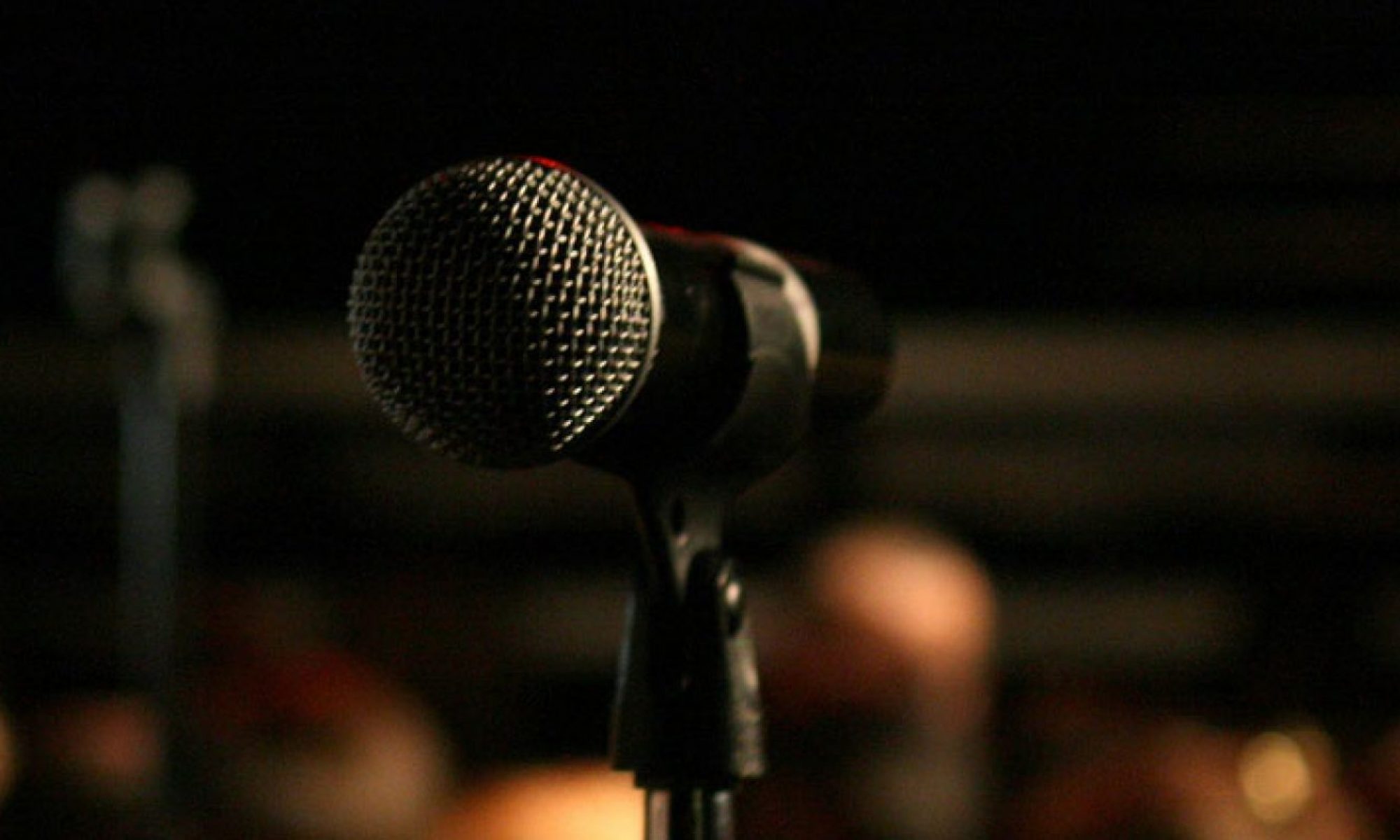Imagine you’re waiting your turn to go up on a stand-up comedy show and suddenly you hear a bit that sounds really familiar. You’ve never seen this comic before but you know the next three punch lines. Hell you don’t just know ‘em, you wrote ‘em. “Hey, I’ve been doing that joke for weeks. What the hell?”
Many comedians fear having their material stolen. And while this happens occasionally, it is not as often as people may think.
The most ridiculous statements we’ve ever heard are: “I don’t do open mics because they steal my jokes” and “LA open mic comics go on youtube, watch NYC open mic comics and take their material.”
Both statements are excuses. The first is to excuse a comic’s laziness or lack of motivation to get on stage as much as possible. (Although open mics do become less useful after you’ve been on stage a few hundred times.) The second quote is an excuse usually said by someone who doesn’t have a good video of them performing to post. It’s much easier to say, “I’d post a video but I don’t want my material being stolen” instead of saying “I don’t have a video where the audience is laughing for five straight minutes, I need to get funnier.”
Which of course begs the question, why are you worried about your unfunny material being stolen? If you’re afraid of getting your jokes stolen, you should put ALL of your videos online. What could make for more convincing evidence that you did a bit first than the upload date?
If you often find your jokes are being “stolen” something else might actually be happening: You’re writing hacky material or are being too topical. There’s only so many ways to do a marijuana joke and every comedian and their mother has written a Kim Kardashian joke. Your Tiger Woods punch line about “eighteen holes” or “a hole in one” wasn’t stolen, it was just so obvious that five other comics thought of a very similar joke.
In Lisa Lampenelli’s book, she mentions how at the Comedy Central Roasts she’d have a pen with her to cross out the jokes on her set list that the other comedians had already done about the guest of honor. Did all those professionals steal each other’s jokes? No! There’s just only so many Tom Brady deflated balls punch lines one can think up.
So how do you solve this joke overlap? Make your material more personal. For example, very few comedians can do material about being an immigrant from Russia because it would be inauthentic and make no sense to their stage persona. So focus on your life and find the funny in it. Hint: It usually involves pain. As the saying goes, “comedy = pain + time.” So focus on your unique life situation and figure out how to get the audience to connect with it.
Should you still write pop culture jokes? Yes, because that’s still working on writing a joke, and if you end up writing for a late night TV show, you’ll need to be able to generate topical jokes daily. Just don’t be surprised when you hear three very similar jokes from comics you’ve never met.
Ok, let’s say your jokes are personal and they’re actually being stolen. In a messed up way, it’s an honor to get your jokes stolen, that means you’re getting funny! A comedian may have had your joke go into his subconscious and come out months later as a similar joke. Talk to them first and figure out who’s been doing it first. Comedians don’t want to be known as joke thieves because once they have that reputation, everyone avoids them and 95% of your gigs are through other comics.
Jimmy Fallon and Stephen Colbert deliver ten minutes of new jokes every night (sure they have a whole writing staff, but that’s not the point). So if you’re trying to be around the comedy business for a long time you’re going to need write hours and hours of good material. Having one bit stolen here or there won’t make a huge difference.




